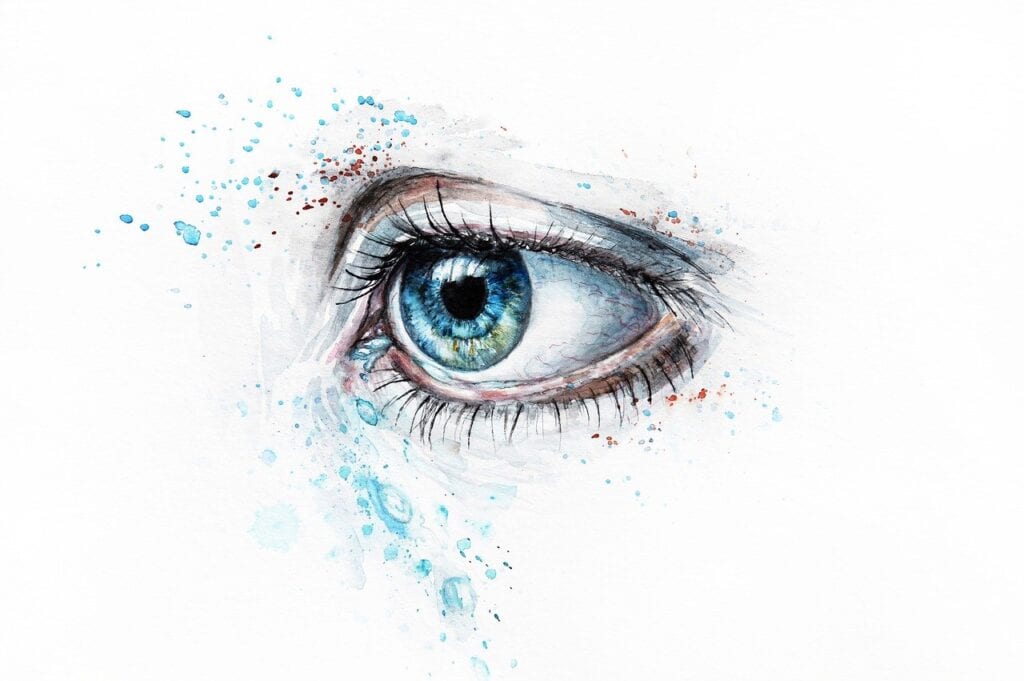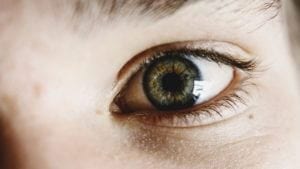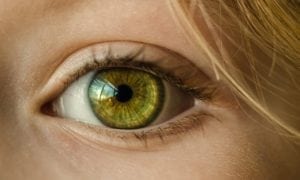Galila Yohannes’ parents, who originally hail from Eritrea, brought their family to Israel for a better life. And while they never would have expected what came next, this move likely helped to save their daughter’s vision. Yohannes had been losing her vision since a younger age. But it wasn’t until this year that six-year-old Yohannes was diagnosed with retinitis pigmentosa (RP), an inherited retinal disease that causes vision loss.
According to The Jerusalem Post, her parents brought her to Tel Aviv Sourasky Medical Center. After various tests, including genetic testing, doctors determined that she had RP. This condition is progressive, meaning that vision loss worsens over time. In retinitis pigmentosa, people often begin by losing their peripheral and night vision. Over time, they begin to lose central vision and visual acuity; by age 40, many people with RP are considered legally blind.
Doctors informed Yohannes’ parents that her condition could be treated using Luxturna (voretigene neparvovec-rzyl). This gene therapy is designed for individuals with two mutated copies of the RPE65 gene. It is delivered via subretinal injection after a vitrectomy in each eye.
Although her parents were worried, they wanted to do all that they could to preserve, or even restore, Yohannes’ vision. She underwent surgery and, within a week, already had improved vision. While her doctors are still waiting to see how she continues to progress, it seems that Luxturna has been beneficial for the young girl.
The Important Facts about Retinitis Pigmentosa (RP)
Retinitis pigmentosa refers to a group of inherited diseases which cause the retina—the thin tissue at the back of the eye that converts light into vision—to degenerate. Typically, the rods in the eyes degenerate before the cones. Over 60 different mutated genes have been linked to RP development, with 20 linked to the autosomal dominant form. RHO gene mutations are most common.
Symptoms of RP can include:
- Diminished visual acuity and color perception
- Night blindness
- Difficulty reading print or figuring out detailed images
- Blurred vision
- Difficulty operating in low light







